#ReaCT2021 – Right-wing Violent Extremism, Its Transnational Character, and Its Interdependent relations with Islamist Extremism
by Mattia Caniglia, World Terror Watch Director at the European Strategic Intelligence and Security Center
 In February 2020, the city of Hanau, in Germany was hit by a right-wing violent extremist attack. This episode was the latest in a string of right-wing politically-motivated incidents which, by their common characteristics and modus operandi, confirm a worrying trend: the surge of right-wing violent extremism in Europe.
In February 2020, the city of Hanau, in Germany was hit by a right-wing violent extremist attack. This episode was the latest in a string of right-wing politically-motivated incidents which, by their common characteristics and modus operandi, confirm a worrying trend: the surge of right-wing violent extremism in Europe.
This rise is, however, a global phenomenon. Right-wing violent extremism is increasingly acquiring a transnational character, and it appears to have an emerging symbiotic, mutually-reinforcing interdependent relationship with Islamist extremism. The combination of these two trends could pose additional challenges to European security.
Similarities with Jihadist terrorism
As it grows into a transnational challenge, right-wing violent extremism appears to be imitating the tactics, techniques, narratives, and procedures of groups like Al-Qaeda and the Islamic State.
Right-wing extremist groups are increasingly forming global networks much as jihadist did in the years leading to 9/11; their propaganda warning of an alleged “great replacement” of “whites”, mirrors the jihadist narrative of an alleged war against Islam; they promote violence as an appropriate means to defend the purity of the “white race” – just as jihadists use and promote violence to protect the purity of “Islam”.
Both right-wing and Islamist extremists recruit followers and reinforce their messages through intense use of social media and messaging applications. While jihadists disseminate martyrdom videos, right-wing terrorists post online manifestos and often live-stream their attacks. The videos, live streaming and manifestos serve the same objectives and propaganda aims: to deliver an explanatory narrative, an ideological justification, a tactical lesson, and an inspiration/call to arms for future attackers while idolatrizing the memory of those who succeeded in committing attacks.
Further similarities exist in their approach to recruitment, financing, and propaganda, and as jihadist travel to fight in places like Syria and Afghanistan, right-wing extremists too have their own theatres where they gain combat experience. Ukraine emerged as a hub in the broader network of transnational right-wing extremism, attracting foreign recruits from all over the world. More than 17,000 people from 50 countries have travelled to fight in Eastern Ukraine contributing to both Ukrainian nationalist and pro-Russian separatist sides, some of them using the experience in the conflict as a training ground for further action in Europe and the US, while at the same time strengthening transnational links.
A worrying interdependent relation
Historically, three main analogies occur between jihadism and the right-wing extremism: a binary vision of the world, a particular balance between revolution and conservatism, and the cult of heroism. Building on these clear similarities, an increasingly crucial mechanism of reciprocal strengthening and a mutually-reinforcing interdependent relationship has come to existence.
Right-wing extremists portray jihadists and radical Islamists as representatives of the whole Muslim community, whereas jihadists and radical Islamists portray right-wing extremists as representative of the entire West, and every time the “enemy” engages in a terror attack, their respective narratives and ideologies are confirmed and strengthened in what could be defined as a ‘loop dynamic’.
In the aftermath of the recent jihadist attacks in France and Austria, many far-right extremists’ groups active on messaging applications, social media and other online platforms were particularly active in sharing messages of hate towards the Muslim community, even calling for “revenge actions”. This is a phenomenon that has already been observed before; for instance, the Christchurch attack triggered a reaction in official and non-official IS and Al-Qaeda media, with thousands of communications calling for retaliatory attacks against the “Crusaders”.
This ‘loop dynamic’, powered by media, social media and propaganda means, has two main effects. It has the potential to increase the effectiveness of extremists’ recruitment strategies and therefore expand the number of radicalized individuals ready to act in the name of one side or another. Secondly, it contributes to creating a vicious circle of violence and polarisation that inflames already tense social conflicts and that could in turn “accelerate” the political destabilisation of European countries.
The ‘loop’ increases polarisation by leveraging on a process of ‘othering’, historically adopted by both right-wing and jihadist extremism. The ‘othering’ maximises the dichotomisation effect of an “us versus them” discourse, empowering the narratives of both groups and allowing them to achieve one the main effects sought in terrorist acts: to divide society.
In 2020 both right-wing violent extremist and jihadist attacks in Europe have proven particularly effective at this aim, generating polarization loops, which – amplified by media, social media and other channels of communications –- ultimately deepened tensions within the countries targeted and on a global scale.
In the context of European countries already torn by the COVID-19 crisis and its downturns, where differences in religion, ethnicity, culture, social condition become more divisive, terrorism finds the perfect ground to exploit this ‘loop dynamic’ and deepen social divides. Along these fissures, the space for radicalization processes and violent acts expands, to the point that radicalization risks to become ‘mainstream’.
Recent data from the Global Terrorism Index 2020 confirm this risk, linking the rise of right-wing violent extremism in the West with the rise of political violence and the decline on specific indicators related to the fractionalisation of elites, the existence of group grievances, and hostility towards foreigners. As and if radicalisation and polarisation become mainstream, they could have an unprecedented power to challenge the political stability of many European countries by undermining their cohesion.
Risks for European Security
Perfected techniques of radicalisation online – now increasingly similar in right-wing and Islamist extremism – coupled with the effects of the interdependence between the two phenomena, could drastically reduce timespans of radicalisation, and shorten attacks cycles making it more challenging for security forces to intercept and prevent terrorist acts.
At the same time, the mechanism of reciprocal strengthening between the two groups and their augmented polarising effects on already divided societies might result in a higher number of “Gefährder”, individuals highly likely to commit a politically motivated crime of considerable significance, possibly overstretching security resources. In this context, to assess future threats it will be necessary to monitor different forms of radicalism and improve our awareness of how right-wing violent extremism and jihadism influence and feed off each other.
In the past, right-wing violent extremism was largely disorganised, with most of the individuals carrying out attacks unaffiliated with specific terrorist groups, and broadly indicative of a mood of political alienation and discontent. However, there is no guarantee that this violence will remain unorganised. If the polarisation processes currently ongoing in our societies, and legitimised by a certain political discourse, continue unchecked over the coming years, the likelihood of an intensification in organised right-wing extremist violence could increase significantly, especially considering the phenomenon’s current shift towards transnationalism.
DOWNLOAD THE REPORT (ITA/ENG)










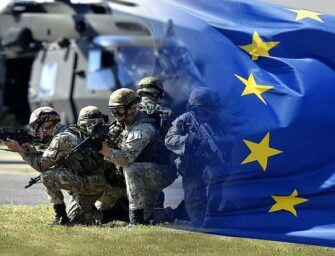




















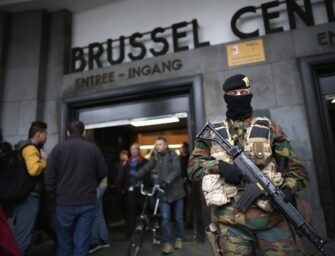


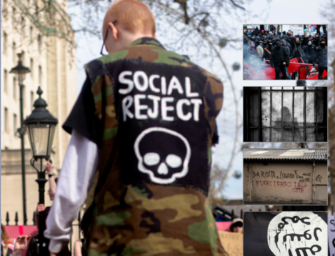

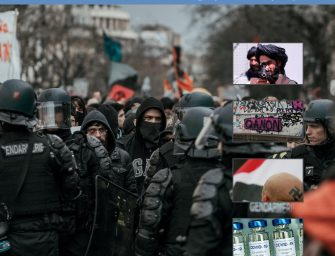

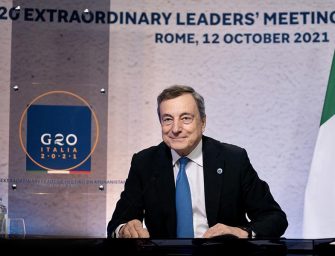
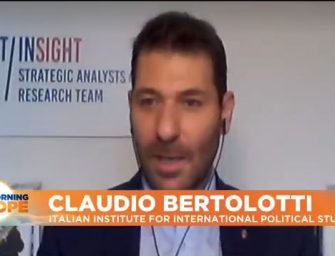



There are no comments
Add yours